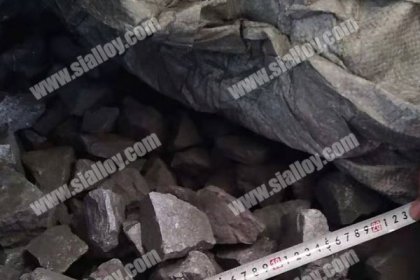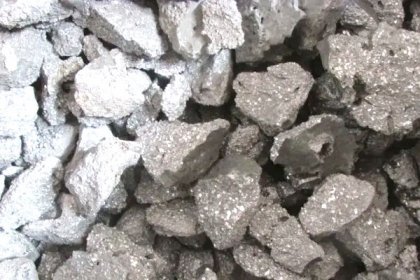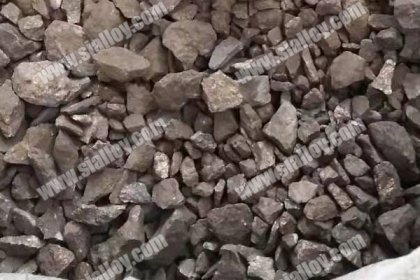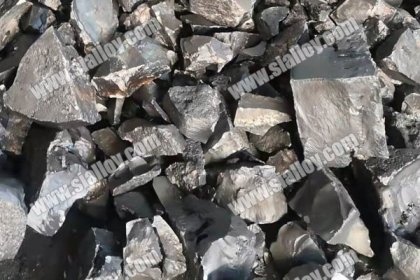classification of alloy cast irons
Common Alloy cast iron can be divided into three categories: wear-resistant cast iron, heat-resistant cast iron, and corrosion-resistant cast iron.Wear-resistant cast iron can be roughly divided into two categories according to its working conditions: one is anti-friction cast iron that works under lubricated conditions, such as machine tool guide rails, cylinder liners, rings, and bearings; the other is in non-lubricated, abrasive materials Wear-resistant cast irons that work under wear conditions, such as ploughshares, rolls, and ball mill parts. Anti-friction cast iron works under lubricated and adhesive wear conditions, such as machine tool rails, engine cylinder liners, piston rings, bearings, etc. The structure of antifriction cast iron is usually firmly embedded with a hard strengthening phase on a soft matrix. On the basis of ordinary gray cast iron, the phosphorus content is increased to 0.4% to 0.6% to form high-phosphorus cast iron. Phosphorus were added by adding ferro phosphorus and it can form a phosphorus eutectic (F+Fe3P, P+Fe3P or F+P+Fe3P) with ferrite or pearlite, which is distributed on the substrate in an intermittent network, forming a hard phase on the soft substrate , Which significantly improves the wear resistance of cast iron. Wear-resistant cast iron works under dry friction and abrasive wear conditions. Such as rolls, ploughshares, grinding balls, etc. This type of cast iron is not only severely worn, but also subjected to heavy loads, and should have high and uniform hardness.
White cast iron belongs to this type of cast iron. However, it is brittle and cannot withstand impact loads. It can only be used to make ploughshares, pump bodies, liners for grinding machines, and grinding balls.

Heat-resistant cast iron refers to cast iron with good resistance to oxidation and growth at high temperatures. The manufacture of high-temperature cast iron parts, such as the furnace bottom plate, heat exchanger, crucible, exhaust gas pipe, and die-casting mold, must be made of heat-resistant cast iron. Usually silicon, aluminum, chromium and other alloy elements are added in the form of silicon carbon alloy, Al ingot, or ferrochorme into cast iron to increase the critical temperature of cast iron to obtain a single-phase ferrite matrix to eliminate the growth phenomenon caused by cementite decomposition; usually it can also form a dense and stable oxide film, which has a good The protective effect prevents the continuous oxidation and growth of cast iron. By adding spheroidizing agent and alloying elements such as chromium and nickel, graphite is promoted to refine and spheroidize. The disconnection of spheroidal graphite can prevent or reduce the penetration of oxidizing gas into the cast iron.
In petrochemical, shipbuilding and other industries, various cast iron parts such as valves, pipes, pump bodies, containers, etc. often work in the atmosphere, sea water, acid, alkali, salt and other media, requiring high corrosion resistance. Corrosion-resistant cast iron can prevent or delay the corrosion of corrosive media. Corrosion-resistant cast iron can be divided into alloy high silicon cast iron, nickel austenitic cast iron, high chromium cast iron, aluminum cast iron, low alloy cast iron, etc.
 中文
中文




